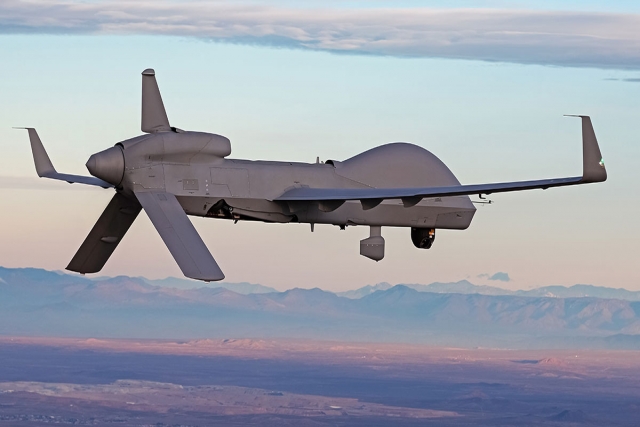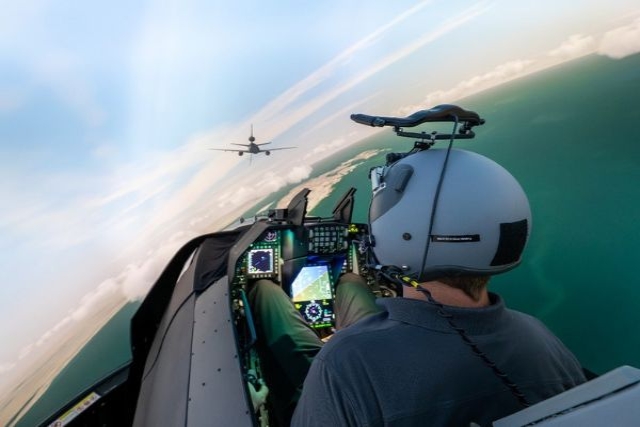U.S. Army Orders Gray Eagle Drones

The U.S. Army awarded General Atomics $103 million for MQ-1C Gray Eagle drones.
The contract covers the production of Gray Eagle unmanned aircraft systems, satellite airborne data terminals, and government furnished equipment maintenance.
Gray Eagle was developed by the company as an upgrade of the MQ-1 Predator. It has an endurance of 25 hours, speeds up to 167 KTAS, can operate up to 29,000 feet, and carries 488 kg of internal and external payload. The aircraft can carry multiple payloads aloft, including Electro-optical/Infrared (EO/IR) with laser designation, Synthetic Aperture Radar (SAR), communications relay, and four Hellfire missiles.
Compared to the Predator predecessor, Gray Eagle's Heavy Fuel Engine (HFE) supports the Army's "single fuel in the battlefield" concept and provides increased horsepower and significantly improved fuel efficiency, utilizing either jet or diesel fuel.
Gray Eagle features a fault-tolerant control system and a triple-redundant avionics system architecture, similar to the systems integrated in the battle-proven Predator B. Designed with airworthiness as a primary consideration, Gray Eagle is engineered to meet and exceed manned aircraft reliability standards.
This long-range, long-dwell UAS is dedicated to direct operational control by Army field commanders. Its expansive mission set includes, but is not limited, to wide-area Intelligence Surveillance and Reconnaissance (ISR), convoy protection, Improvised Explosive Device (IED) detection and defeat, close air support, communications relay, and weapons delivery missions.
Gray Eagle features an automatic takeoff and landing system (ATLS) that allows the aircraft to be launched and recovered without any operator interaction.














